Search
51312-01080-Galvanic corrosion induced by the use of high alloy stainless steel in seawater applications
Also Purchased
06282 GALVANIC CORROSION ASSOCIATED WITH STAINLESS STEEL AND Ni-ALLOY COUPLES IN SEAWATER
Product Number:
51300-06282-SG
ISBN:
06282 2006 CP
$20.00
07244 Mitigation of Galvanic Corrosion in Seawater Piping Systems
Product Number:
51300-07244-SG
ISBN:
07244 2007 CP
Publication Date:
2007
$20.00
96496 HOW TO PREVENT GALVANIC CORROSION IN SEAWATER PIPING SYSTEMS
Product Number:
51300-96496-SG
ISBN:
96469 1996 CP
$20.00




